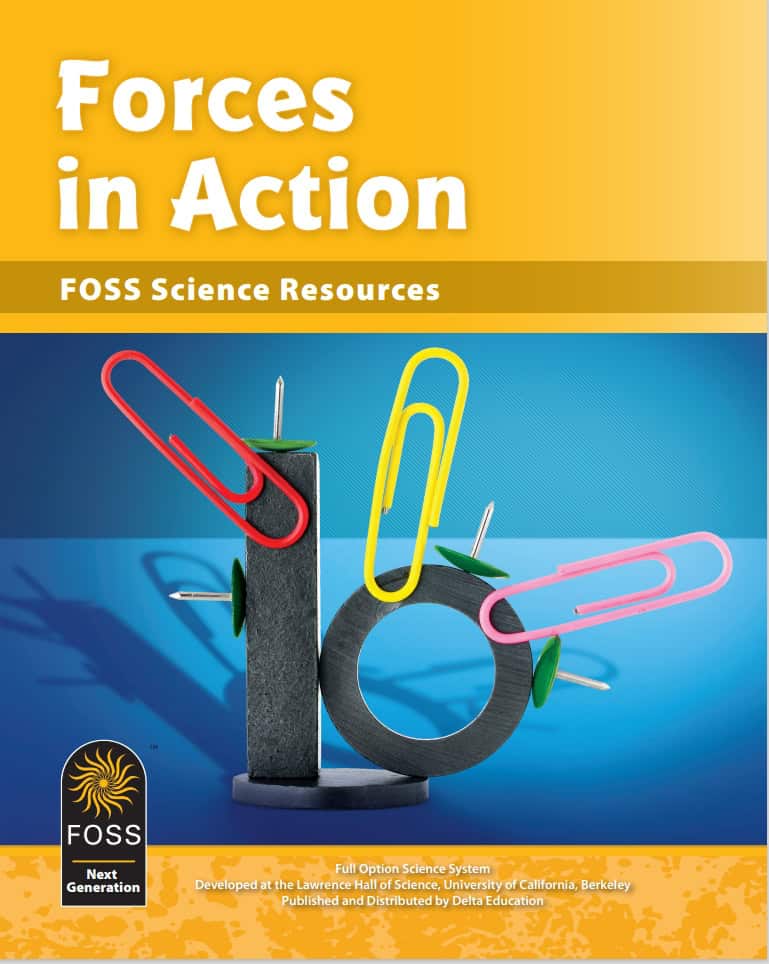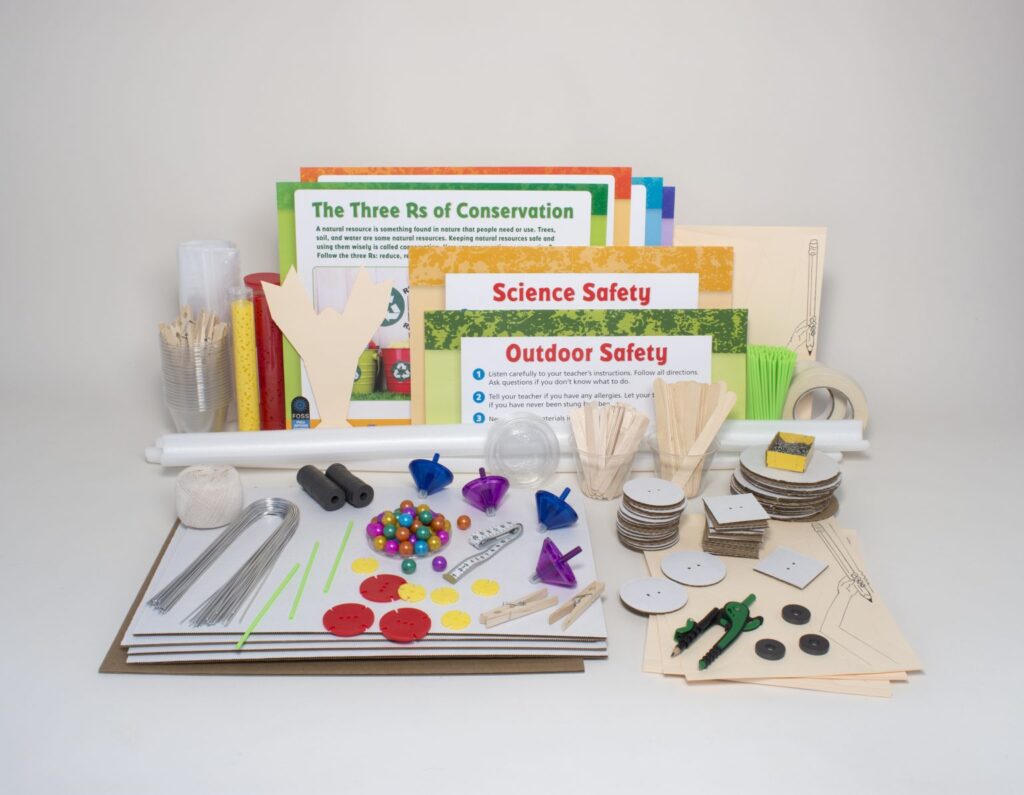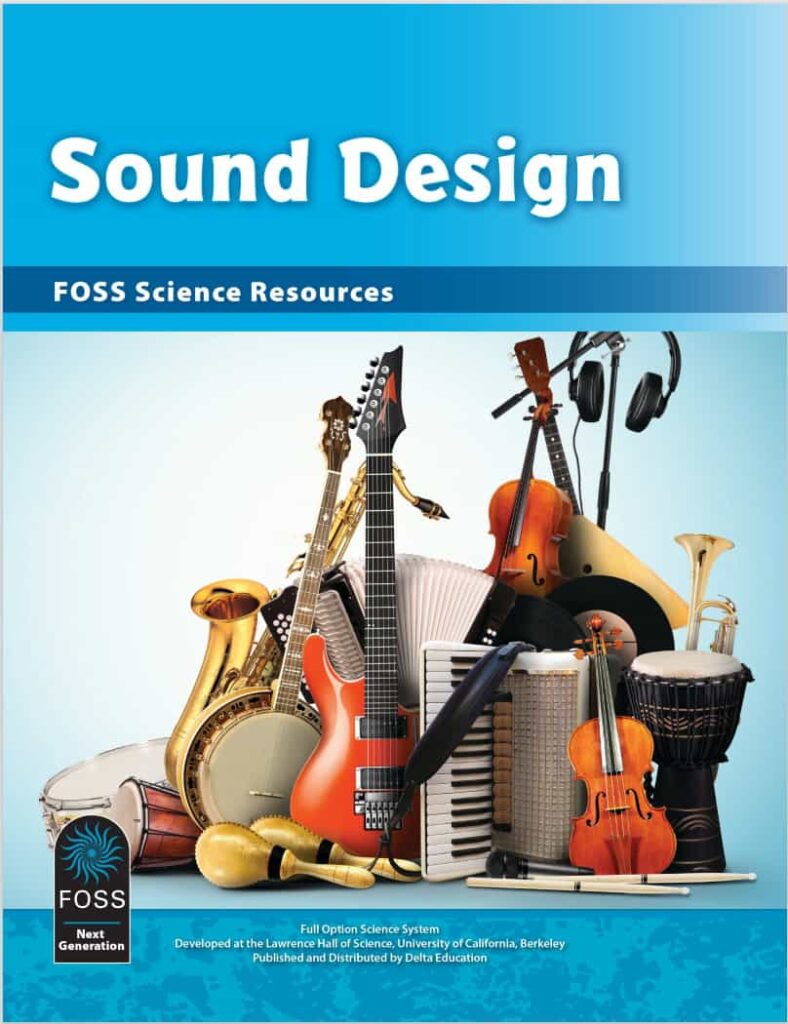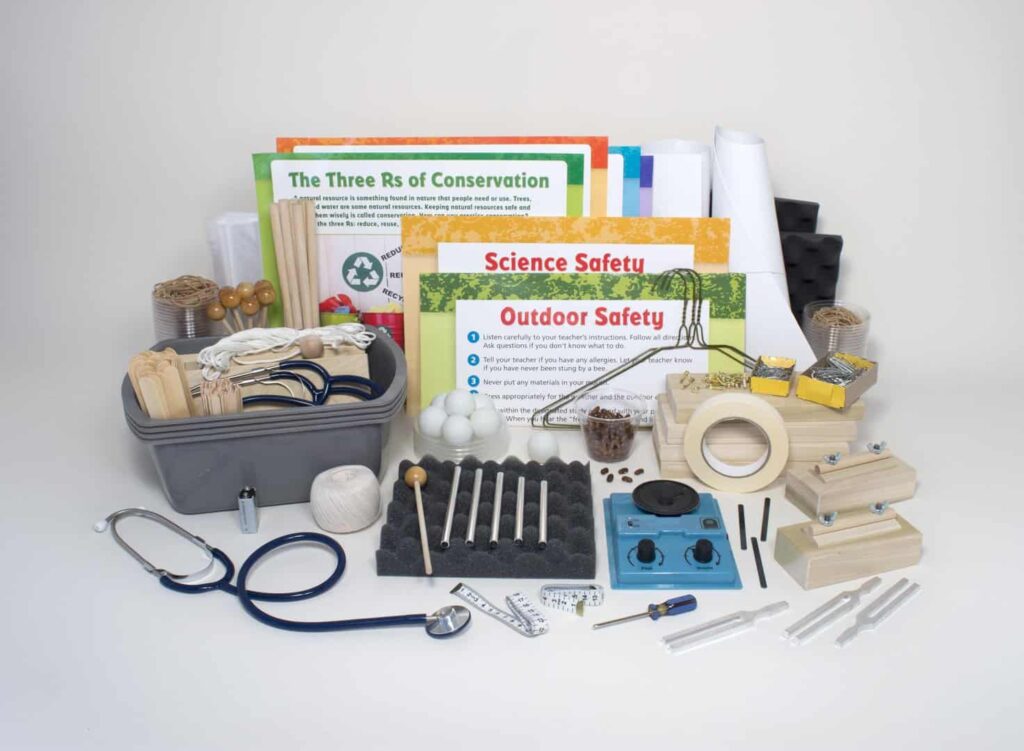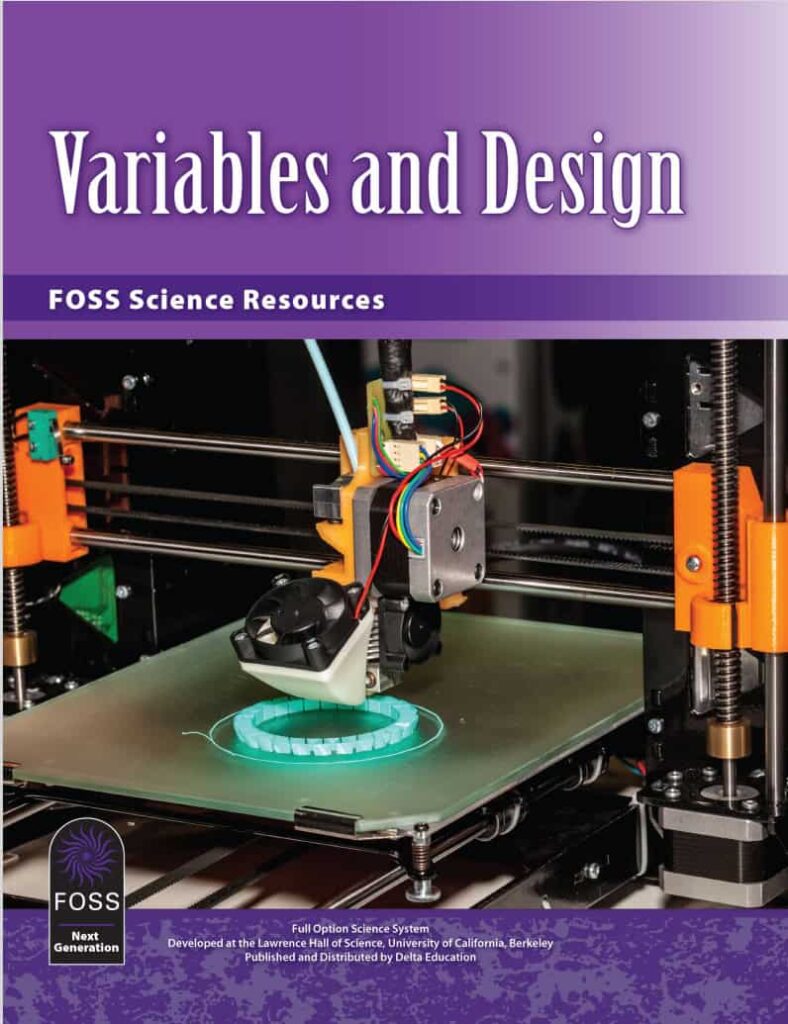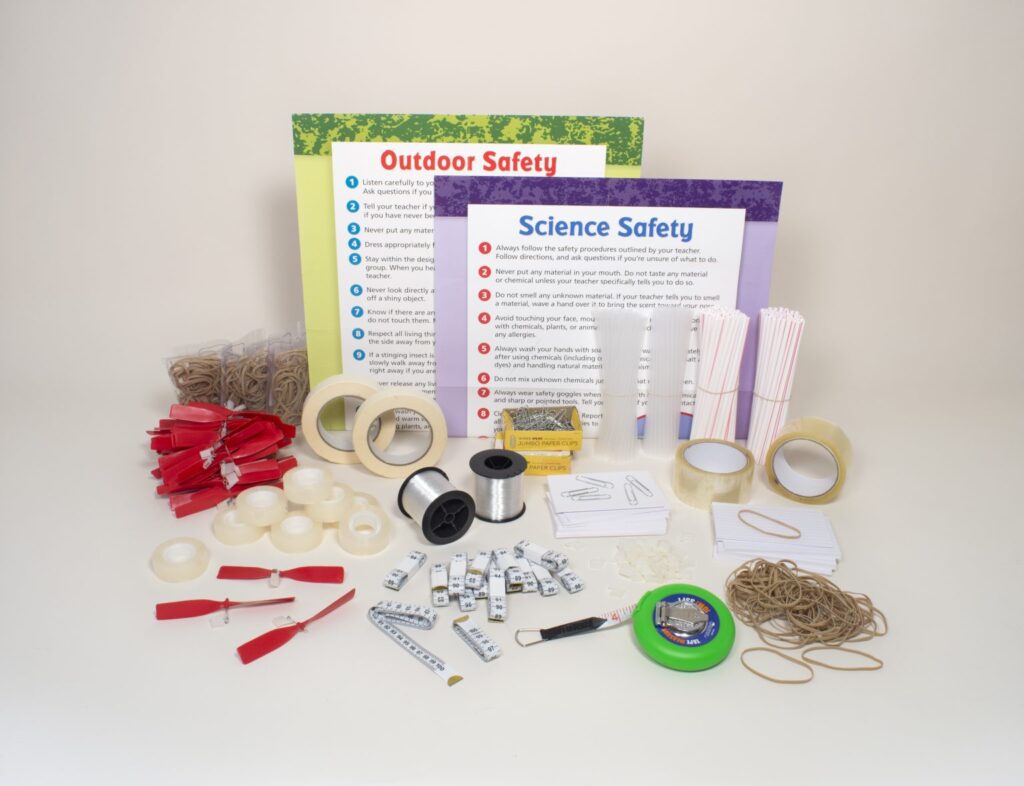STEM stands for Science, Technology, Engineering, and Mathematics. These four interconnected disciplines drive innovation and understanding in our rapidly evolving world. Emphasizing STEM in education prepares students with critical thinking, problem-solving, and analytical skills that are vital in almost every field today. By integrating STEM concepts into the classroom, teachers can spark curiosity and engagement, and help students learn to tackle real-world challenges with confidence and creativity. In science education, STEM provides a holistic approach that deepens scientific knowledge and also encourages interdisciplinary learning. This prepares students for future careers and empowers them to become lifelong learners and innovators.
FOSS® STEM Instructional Materials, developed at the Lawrence Hall of Science, offer a hands-on approach to incorporating STEM into science classrooms, allowing students to go beyond basic design and move into innovation. Through three immersive modules tailored for different grade levels, FOSS invites students to take on the role of engineers, applying their understanding of science concepts to create new products or solve real-world problems. This experience deepens their comprehension of scientific principles and fosters an appreciation for the interconnected roles of science and engineering in everyday life. By merging a scientist’s critical thinking with an engineer’s problem-solving mindset, students learn that they, too, have the potential to design and innovate.
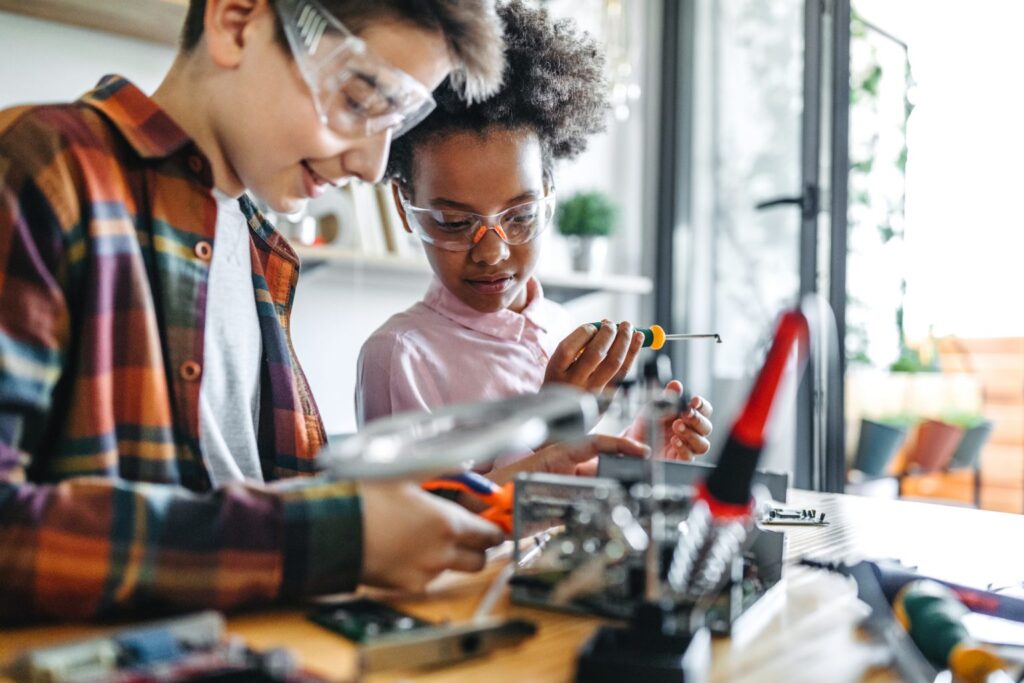
Each FOSS® STEM module provides a flexible, well-structured approach to STEM learning, with a series of 17-23 sessions that can be adapted for science classes, dedicated STEM courses, engineering classes, or even as enrichment activities before or after school. The modules include a comprehensive Investigations Guide, access to online teacher resources, a Science Resources student book, student equipment kits, and interactive technology through FOSSweb on ThinkLink™. This complete toolkit empowers Grades 1 through 8 teachers to introduce and reinforce STEM concepts in varied formats, making STEM more accessible and engaging for all students and giving them the tools to explore and succeed in STEM fields.
Forces in Action – Grades 1 & 2
Imagine your first and second grade learners diving into the wonders of forces—discovering what makes objects start to move, change direction, or balance in fascinating ways. With our engaging, hands-on Forces in Action module, students explore forces at play, from the push and pull that makes objects spin and roll to the invisible yet powerful forces of gravity and magnetism. Through 23 interactive sessions, students tackle real-world questions using spinning tops, rolling wheels, spheres, magnets, and balancing toys. Watch their curiosity soar as they address problems and design innovative solutions, blending fun with foundational science concepts that inspire critical thinking and creativity. Give your classroom the tools to make science come alive with this dynamic STEM experience!
Sound Design – Grades 3 through 5
Bring the excitement of sound exploration into your classroom with Sound Design! In this fascinating 17-session module, students discover what makes sounds unique by investigating the variables that affect pitch and volume. Through hands-on group activities, third through fifth-grade students explore how sound travels through solids, liquids, and gases, unraveling the science behind the common sounds we hear each day. Their journey culminates in an inspiring design challenge, where students apply their new knowledge of vibration to create their very own musical instruments from everyday materials. Spark their curiosity, encourage teamwork, and watch their creativity shine as they dive into the science of sound!
Variables and Design – Grades 5 through 8
Empower your fifth through eighth graders to bring STEM concepts to life with our dynamic Variables and Design Course! Throughout the 22 sessions, students will explore the relationships between variables, develop their own controlled experiments, and take a deep dive into the engineering design process. They’ll experience designing an air trolley while honing their problem-solving and critical-thinking skills. Then, they’ll tackle a community-based design challenge of their choice, incorporating digital fabrication tools like 3D printing to create solutions with real-world impact. With hands-on experience and meaningful projects, students gain a true understanding of what it means to be an engineer in today’s world—preparing them for a future of innovation and success!


